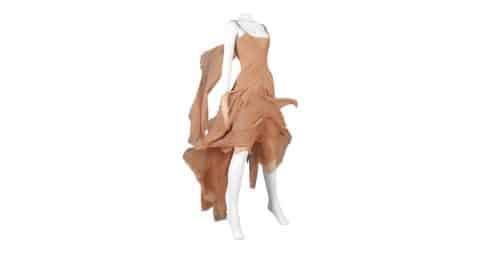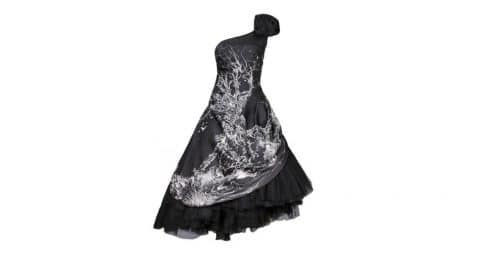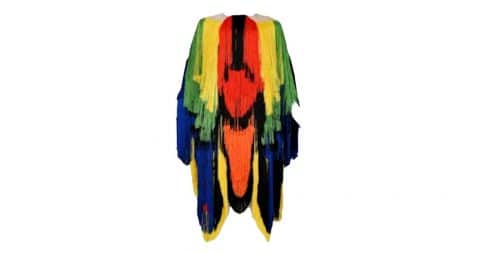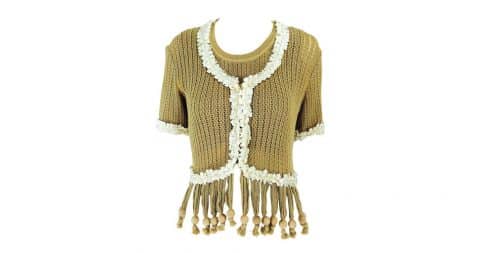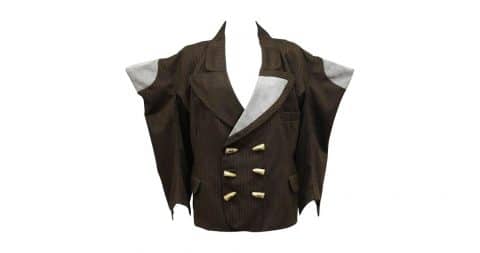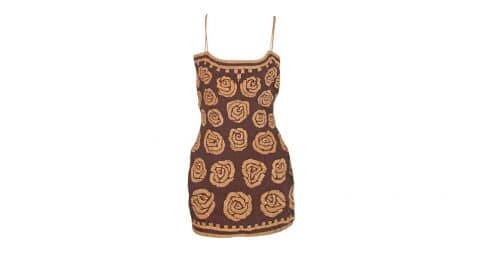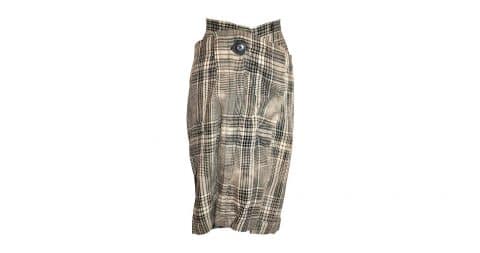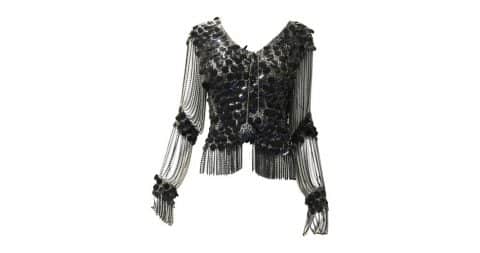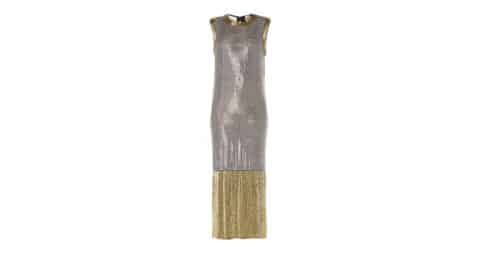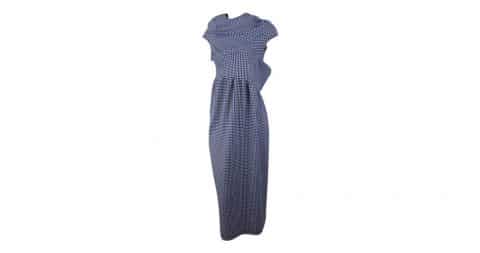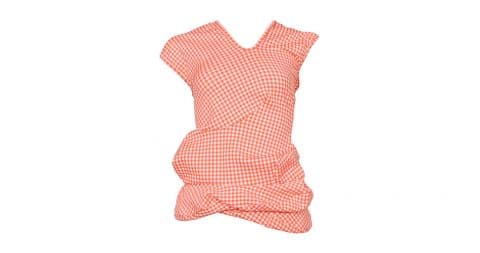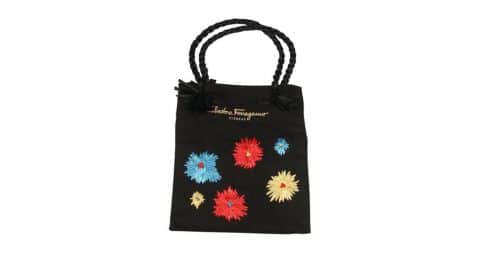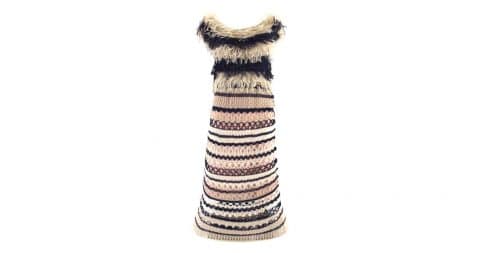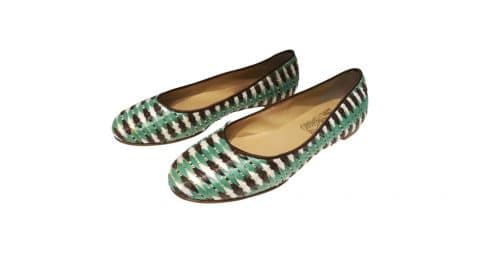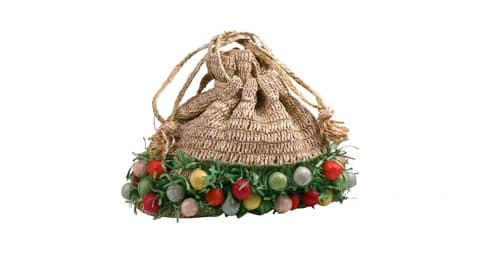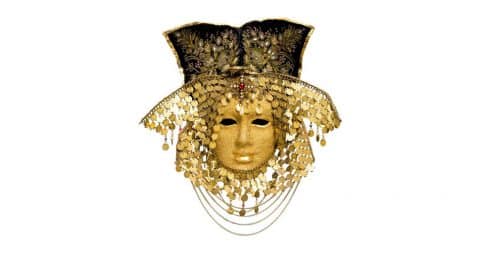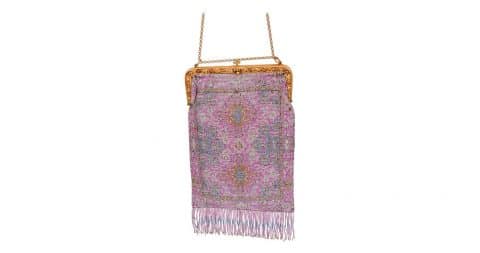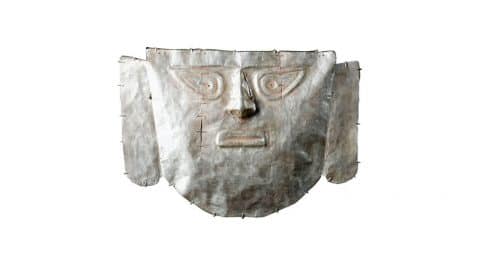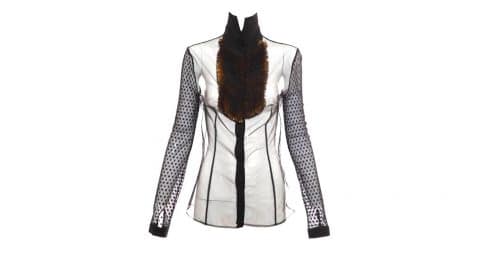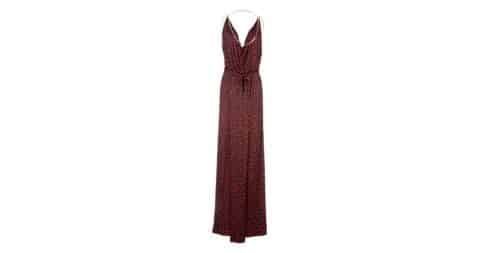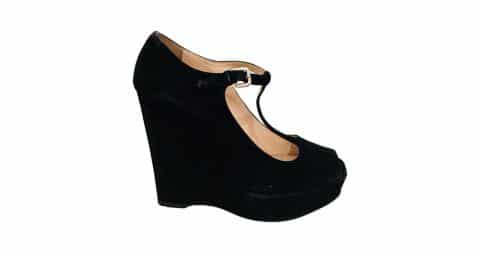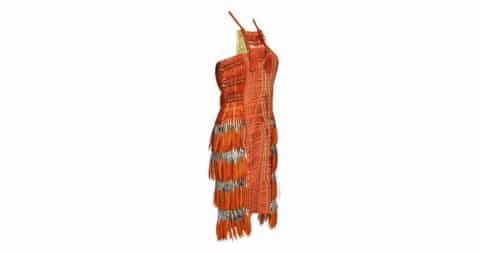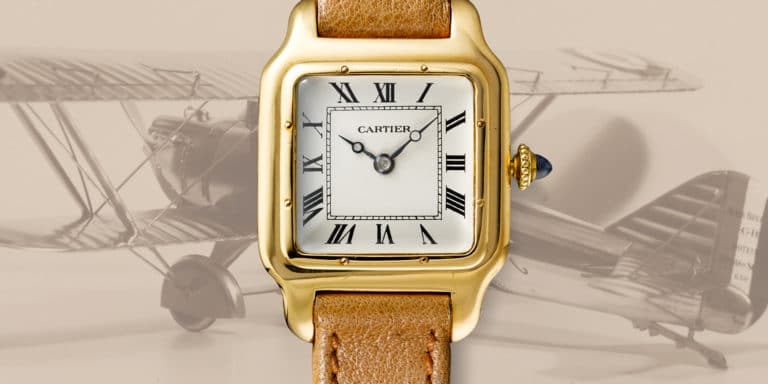April 15, 2018The New Orleans Museum of Art (NOMA) has mounted its first fashion exhibition, and it’s all about strong female personae. “A Queen Within: Adorned Archetypes,” initially presented in 2013 at the World Chess Hall of Fame, in Saint Louis, has been revamped and restaged to reflect concerns specific to the Big Easy as well as the #MeToo era. “The exhibition explores the complicated symbolism used by avant-garde designers while bringing a major fashion exhibition to New Orleans,” says NOMA director Susan Taylor. “It definitively demonstrates that fashion is art.”
“A Queen Within,” on view through May 28, considers seven female fashion archetypes through the work of Vivienne Westwood, Rei Kawakubo of Comme des Garçons, Iris van Herpen, Alexander McQueen and many other designers, including some local upstarts. NOMA curators have given Introspective an in-depth look at the archetypes, and we’ve selected several exhibition-caliber outfits offered on 1stdibs to match each one.
The Thespian archetype, which exhibition curator Sofia Hedman describes the as one “who is blessed with imagination,” opens the show. Because this section is all about theatrical storytelling and the twin masks of comedy and tragedy, Alexander McQueen’s work is showcased. Eight of the late designer’s gowns take center stage, including two looks from his La Dame Bleue (Spring/Summer 2008) collection, which was dedicated to Isabella Blow, the great stylist and fashion arbiter.
Above left: Alexander McQueen silk print painting dress with gold painted feathers, Heaven and Hell pre-collection, Fall/Winter 2010 (courtesy of Barrett Barrera Projects & RKL consulting; photo Mattias Lindback). Above right: Alexander McQueen two-piece ensemble with multicolored crystal print, Natural Dis-tinction, Un-natural Selection collection, Spring/Summer 2009 (courtesy of Barrett Barrera Projects & RKL consulting; photo Mattias Lindback). Top, seen in the NOMA show’s Earth Mother section: Aminata, 2013, by Omar Victor Diop, from the “Studio of Vanities” series (courtesy MAGNIN-A Gallery, Paris).
Get the Thespian Look
Mother Earth celebrates the feminine life-giving force. Fashions inspired by flora and fauna share space with garments produced by ecologically sustainable means, such as pieces from Vivienne Westwood’s Mirror the World (Spring/Summer 2016) collection. Hedman explains that Westwood’s project “brings together designers, intellectuals and educators to use fashion as an unlikely medium for climate activism.” The section also includes Sarah Burton’s work for Alexander McQueen, a Maison Martin Margiela Cloud top and Kite tunic and an Adidas shoe made from salvaged plastic.
Above left: Vivienne Westwood Gold label UK tailored Chelsea coat and River dress, Mirror the World collection, Spring/Summer 2016 (courtesy of Vivienne Westwood; photo by Ugo Camera). Above right: Maison Martin Margiela Cloud top, Défilé collection, Fall/Winter 2009 (courtesy of Maison Margiela; photo by Giovanni Giannoni).
Get the Mother Earth Look
The Heroine is a warrior. Hedman sees her as having “a very strong personal morality.” Designer Iris van Herpen represents her as a powerful Medusa figure, while Pam Hogg covers her face and gives her extra height with black netting. In describing a handmade crystal-encrusted chain-mail dress by Chan Luu that is also in this section, Mel Buchanan, NOMA curator of decorative arts and design, sums up the Heroine as one who “manages to be at once delicate and feminine while evoking the strength of diamonds.”
Above left: Pam Hogg black dress with collar, Spring/Summer 2013 (courtesy of Barrett Barrera Projects and RKL consulting; photo by Pam Hogg). Above right: Iris van Herpen snake dress, Capriole Couture, 2011 (courtesy of Iris van Herpen; photo by M. Zoeter x Iris van Herpen).
Get the Heroine Look
This archetype questions the beauty standards codified by the fashion industry and asks us to think about how we relate to our own and others’ bodies. Hedman sees the Explorer as “an independent-minded pioneer.” In this section, she cites mannequin-bust sculptures that “capture the beauty of nonconforming bodies, showing how fashion’s pioneers are moving away from the standard size-zero dress form.”
Labels designing in this vein — including Chromat, Gypsy Sport and Louise Linderoth — produce work that is sensitive to disability, race and gender. Rei Kawakubo, of Comme des Garçons, has long foregrounded the body with her deliberately lumpy padded garments, such as the 2010 jacket pictured above right. Joanne Petit-Frère creates hair sculptures that endow the wearer with an almost otherworldly regal power.
Above left: Joanne Petit-Frére, Bishop Please braided-hair sculpture, “Redressing the Crown” series (courtesy of Joanne Petit-Frére; photo by Michael Slosar). Above right: Comme des Garçons wool plaid jacket, Fall/Winter 2010 (courtesy of Barrett Barrera Projects & RKL Consulting, photo by Sarah Carmody).
Get the Explorer Look
The Sage is all about wisdom. Today, that means developing and using new materials and techniques. Diana Scherer works with plant-root systems to grow fabric, rugs and even entire dresses. Other designers are pioneering the use of pineapples and mushrooms to make high-quality leather-like products. Still others are employing cork as a natural, renewable, sustainable and hypoallergenic material.
One of the garments featured, Iris van Herpen’s Cymatic dress, “creates a bioluminescent sphere around the body, thereby expanding the corpus while probing at the boundaries between nature and culture,” says Hedman. “It gives visual form to that which we otherwise cannot see.”
Above left: Diana Scherer root textile, 2017 (courtesy of Barrett Barrera Projects & RKL Consulting; photo by Diana Scherer). Above right: Detail of root textile
Get the Sage Look
The Magician is a visionary who transforms reality. Here, Hedman says, “we encounter experimental designs where the creative process is driven by intuitiveness, vision and imagination — an urge to throw everything up the air and then reconfigure the pieces into garments that take fantastic, often humorous shapes.” Featured in this section is Raúl de Nieves’s three-foot-tall sculpture made entirely from plastic beads, as well as masks, which facilitate transformation.
Above left: Raúl de Nieves, Day(Ves) of Wonder, 2007–14 (courtesy of Raúl de Nieves & Company Gallery, New York; photo courtesy of Raúl de Nieves). Above right: Detail of Day(Ves) of Wonder
Get the Magician Look
This archetype is a femme fatale whose fashions teasingly reveal and conceal. “The Enchantress’s wit and sexuality are a classic source of inspiration for fashion designers who create garments that ooze with lust and passion — garments that have the power to both mesmerize and manipulate,” says Buchanan. In addition to shoes by Prada, the Enchantress would be attracted to vampy pieces by McQueen, Viktor & Rolf and Gucci.
Above left: Viktor & Rolf dress, Wearable Art haute couture collection, Fall/Winter 2015 (courtesy of Viktor & Rolf; photo by the Museum of Fine Arts, Boston). Above right: Prada platform shoes, Spring/Summer 2013 (courtesy of Barrett Barrera Projects & RKL Consulting; photo by Sarah Carmody).




